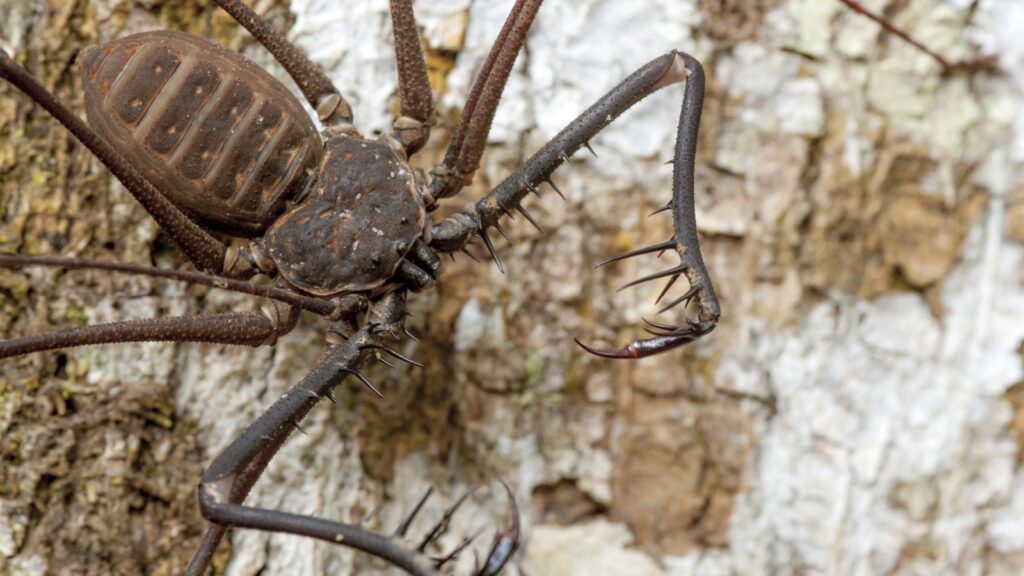Nature is full of surprising survival strategies, but some animals take it to the next level by weaponizing sound itself. From stunning prey to warding off predators, these creatures have evolved to use acoustic abilities in ways that are both fascinating and fearsome. Let’s dive into the world of living sound weapons and discover how these animals turn noise into a powerful tool for survival.
Pistol Shrimp
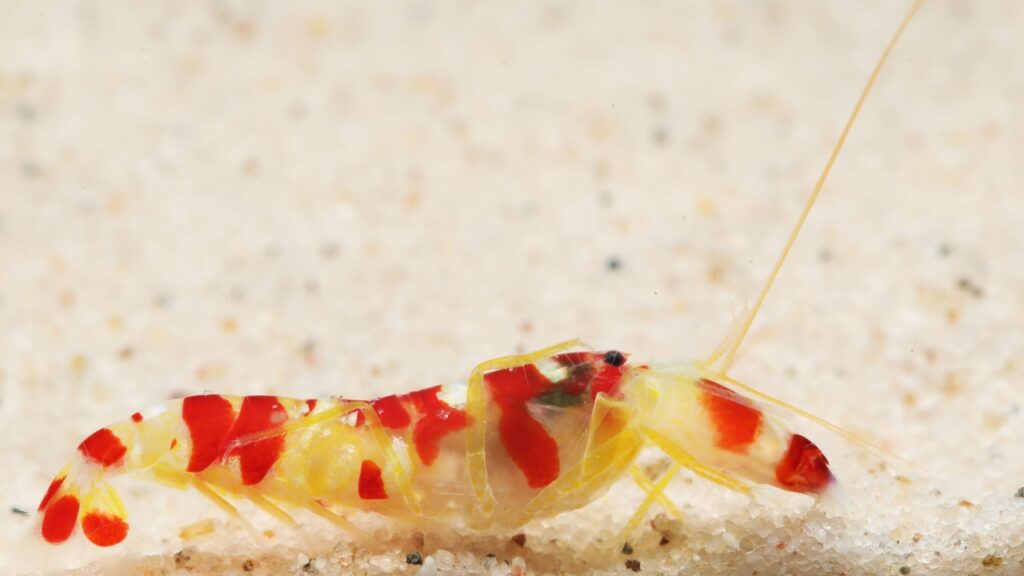
The pistol shrimp packs a punch that’s louder than a gunshot. This tiny crustacean has one oversized claw that it can snap shut with incredible speed. The resulting bubble collapse creates a shockwave and a flash of light, stunning or killing nearby prey. The sound is so powerful it can break small glass jars!
Sperm Whale
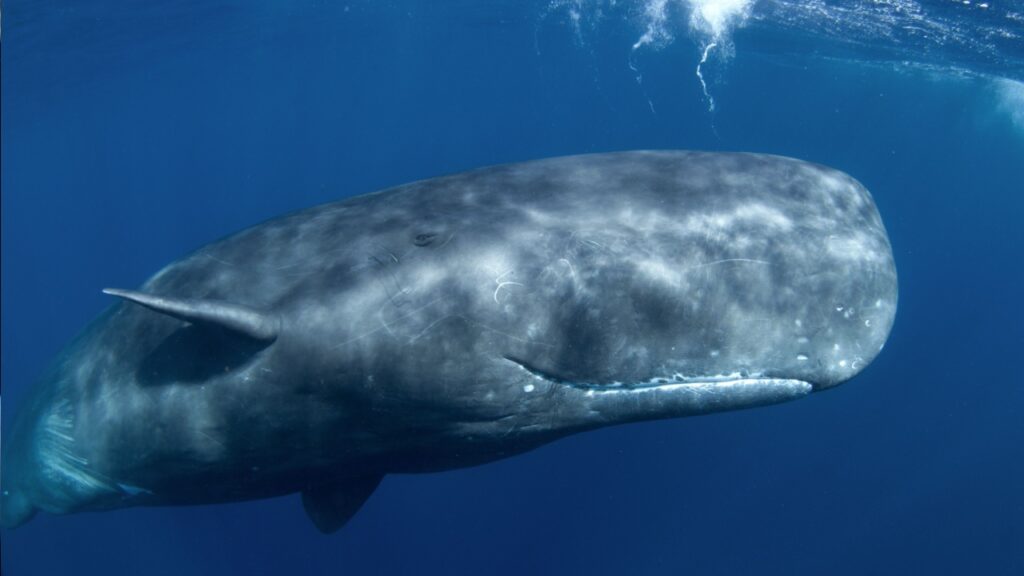
Sperm whales are the loudest animals on Earth. They produce clicks that can reach 230 decibels underwater, louder than a rocket launch. These massive mammals use their sounds for echolocation and communication. Some scientists believe they might also use their powerful clicks to stun prey deep in the ocean.xc
Tiger Moth
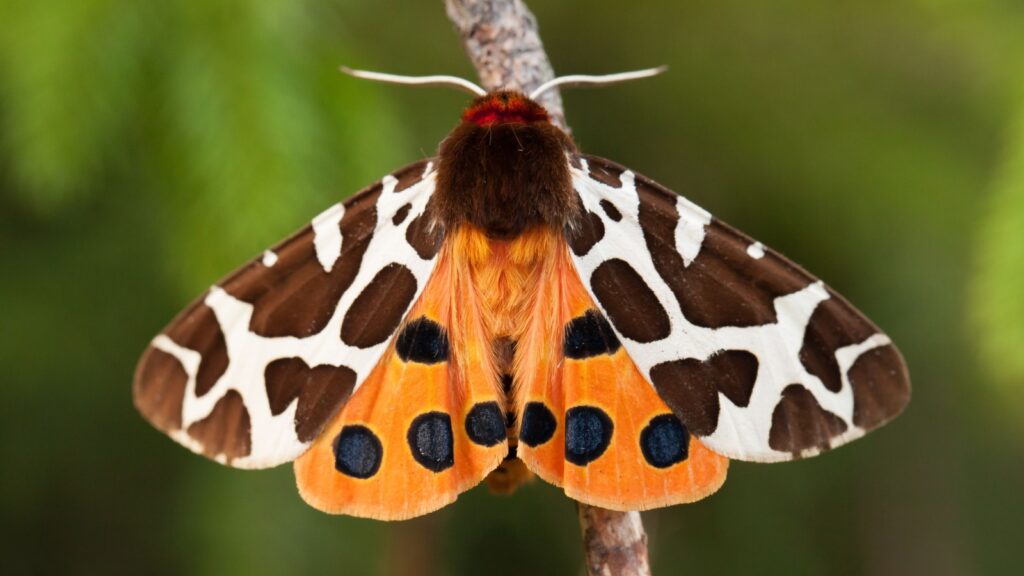
Who knew moths could be so hardcore? Tiger moths emit ultrasonic clicks to jam bat sonar. When a bat approaches, the moth starts clicking rapidly, confusing the bat’s echolocation. This acoustic camouflage gives the moth a fighting chance to escape becoming a midnight snack.
Water Boatman
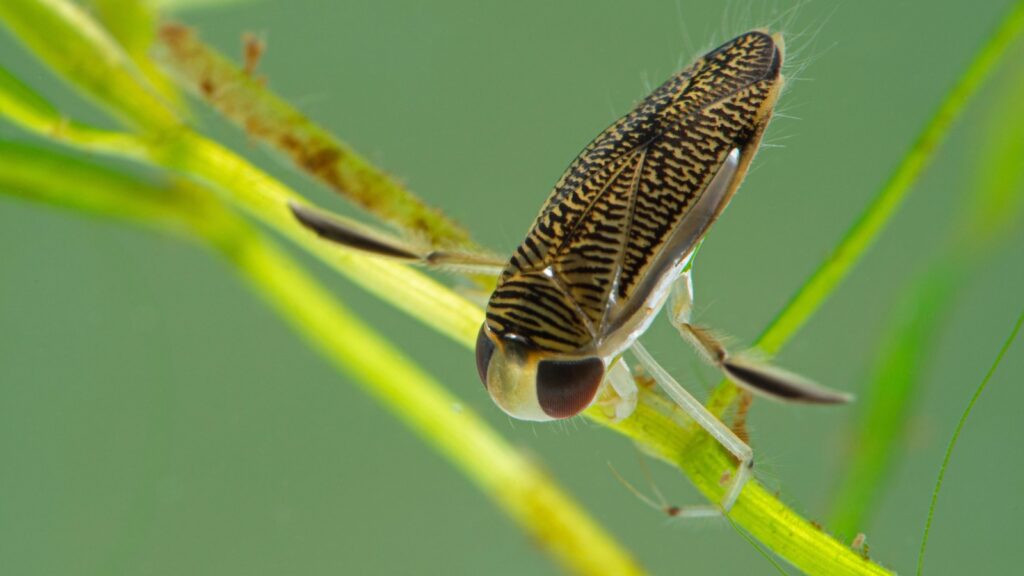
Don’t let its small size fool you. The water boatman, a tiny aquatic insect, is the loudest animal on Earth relative to its body size. Male water boatmen rub their genitals against their abdomen to produce a mating call that reaches 99.2 decibels. That’s like sitting next to a loud motorcycle!
Bombardier Beetle
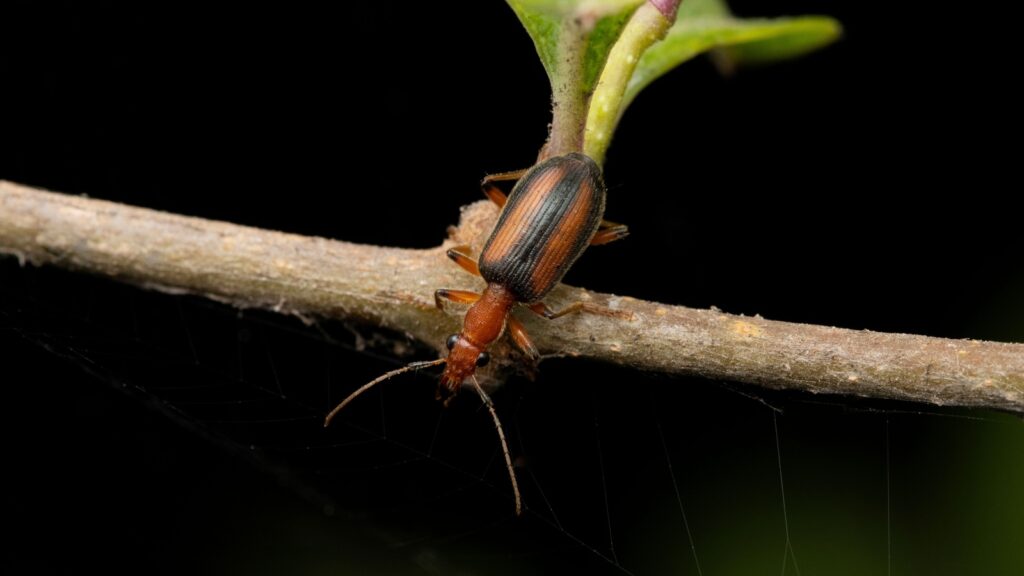
The bombardier beetle has a built-in chemical weapon, but sound plays a crucial role too. When threatened, it mixes chemicals in its abdomen, creating a boiling, toxic spray. The spray is ejected with a loud pop, which adds to the startle effect on predators. Talk about a noisy defense mechanism!
Lyrebird
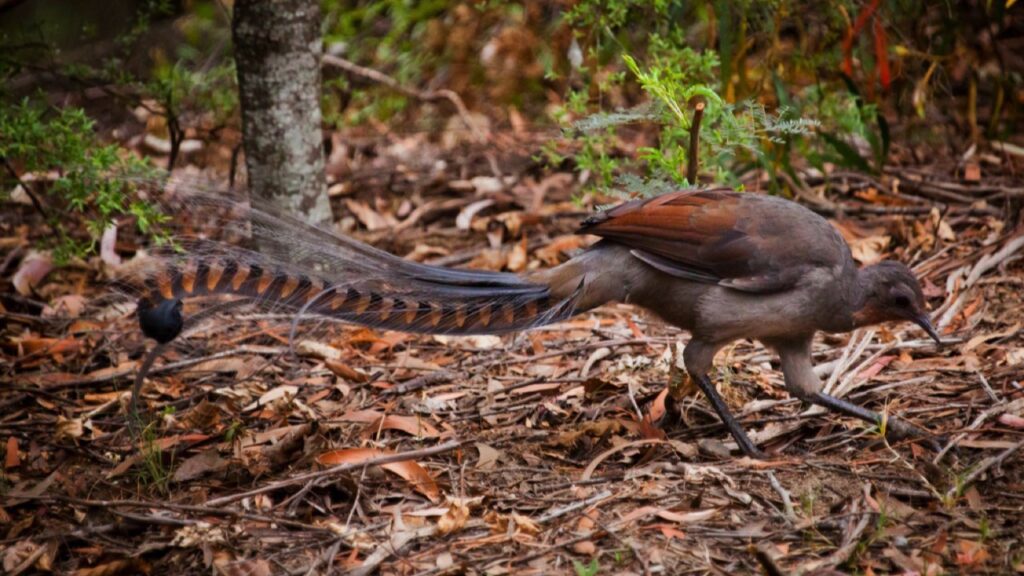
The lyrebird isn’t deadly, but its sound mimicry is so precise it could be dangerous – for other animals. These Australian birds can imitate almost any sound, from chainsaws to car alarms. Their skill is so good they could potentially lure prey by mimicking safe sounds or scare off predators with threatening noises.
Rattlesnake

The rattlesnake’s famous warning system is more than just a noise maker. The rattle produces a broad-frequency sound that triggers a fear response in the brains of many animals. This acoustic weapon gives potential predators a chance to back off before the snake needs to use its venomous bite.
Hawk Moth
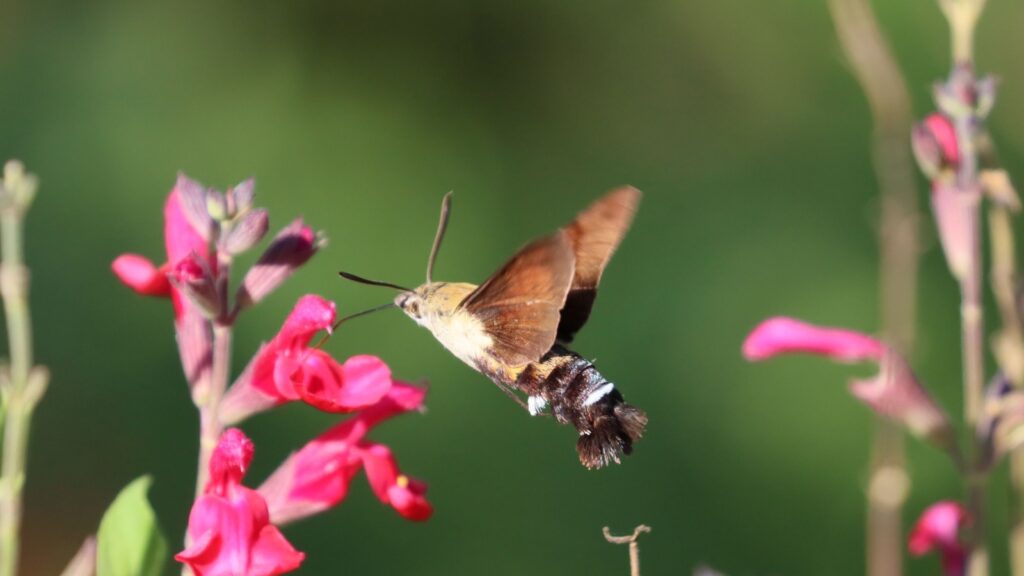
Like its tiger moth cousin, the hawk moth also battles bats with sound. But instead of jamming sonar, hawk moths produce ultrasonic squeaks that startle bats. This sudden noise can cause the bat to hesitate just long enough for the moth to make its escape.
Archerfish
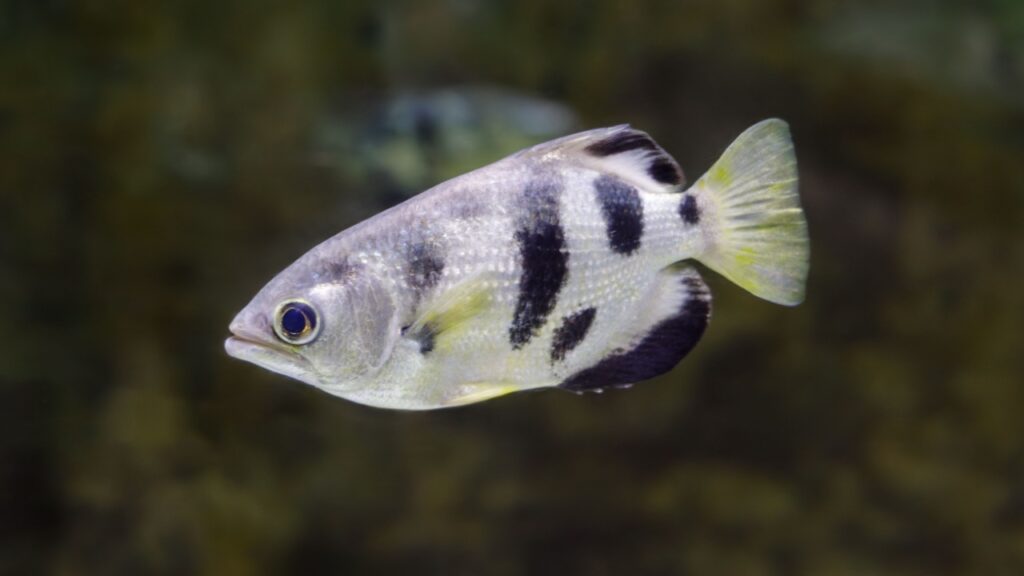
Archerfish are known for spitting water to knock insects into the water. But they also produce a clicking sound when they spit. Scientists believe this click might momentarily startle the insect, making it less likely to fly away when the water jet arrives. It’s a one-two punch of sound and water!
Whip Spider
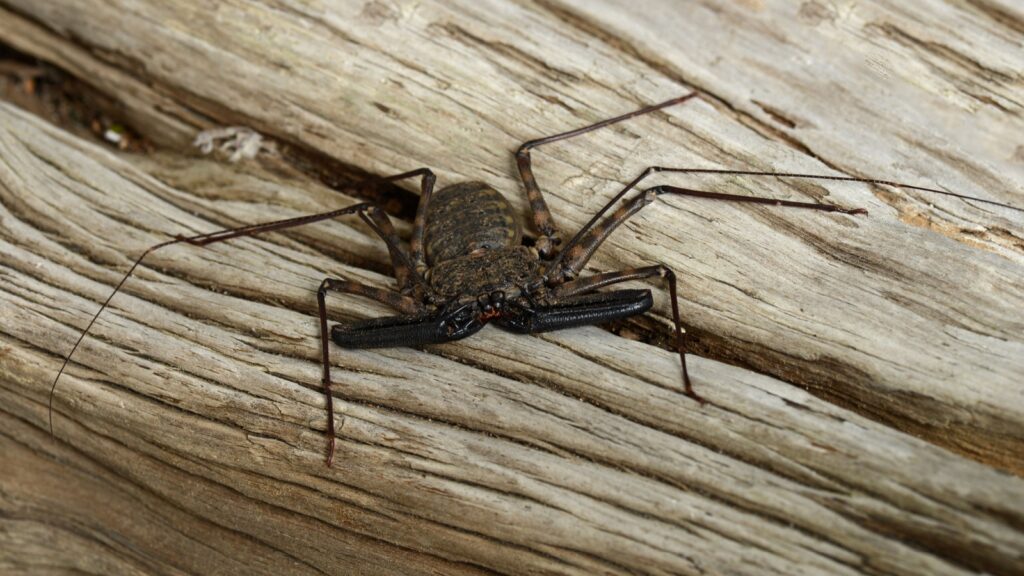
Despite its name, the whip spider isn’t actually a spider. These arachnids use their long, whip-like front legs to produce vibrations. When threatened, they rub their legs against leaf litter, creating a rasping sound. This noise serves as a warning to potential predators, saying “back off or else!”
Electric Eel
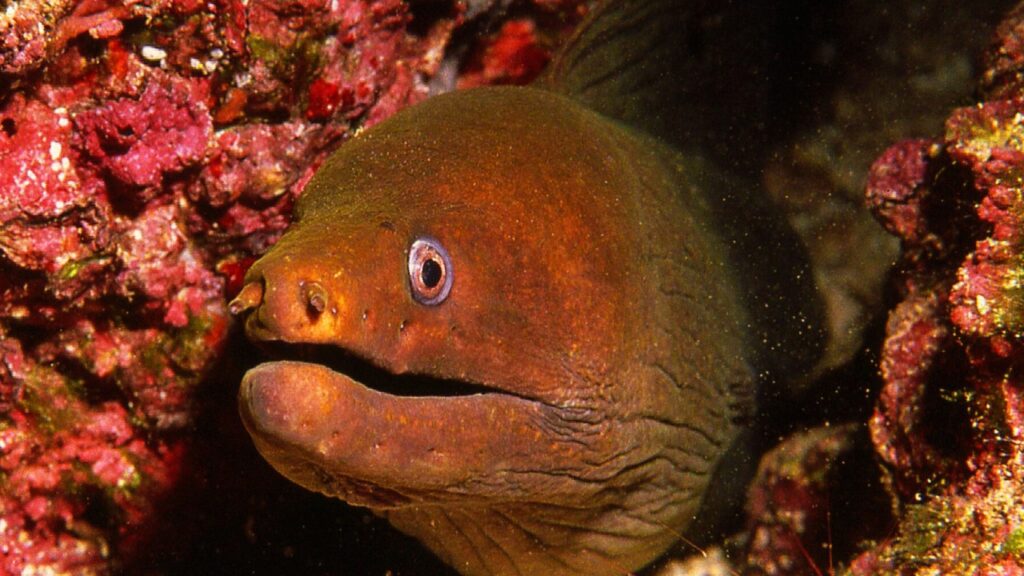
Electric eels are famous for their shocking abilities, but they also use sound as a weapon. When hunting, they emit two quick electric pulses, causing nearby fish to twitch. This twitch creates a pressure wave that the eel can detect, revealing the prey’s location. It’s like a biological sonar system!
Becky is a fervent wildlife enthusiast and pet care expert with a diploma in canine nutrition. Her love for animals stretches beyond the domestic, embracing the wild tapestry of global fauna. With over a decade of experience in animal welfare, Becky lends her expertise to OutlandishOwl through insightful articles, captivating wildlife information, and invaluable guidance on pet nutrition. Her work embodies a deep commitment to understanding the intricate lives of animals and a passion for educating others on sustaining natural habitats. Becky's hands-on conservation efforts and her knack for translating complex dietary science into practical pet feeding tips make her an indispensable voice for creatures great and small.

